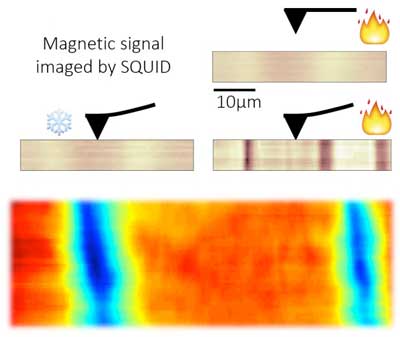
Monday, December 17, 2018
Pressure tuned magnetism paves the way for novel electronic devices
Researchers observe charge-stripe crystal phase in an insulating cuprate
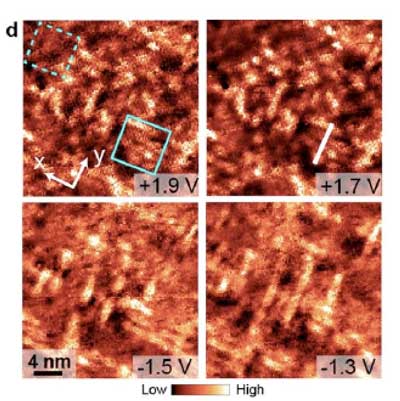
Imperfections make photons perfect for quantum computing
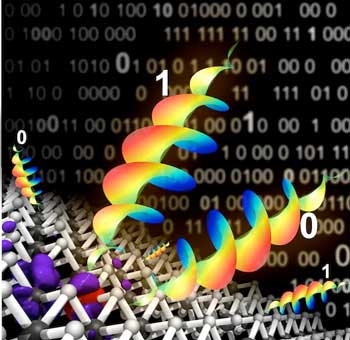
Scientists design new metamaterial to harness power of light
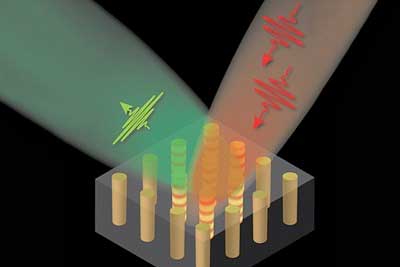
Toward brain-like computing: New memristor better mimics synapses
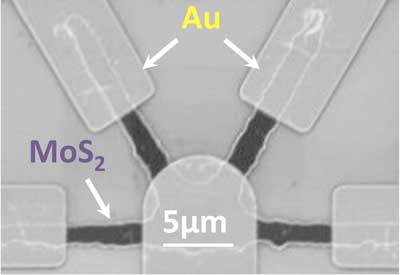
Switch-in-a-cell electrifies life
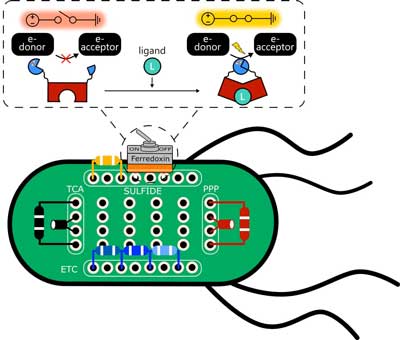
Data storage using individual molecules
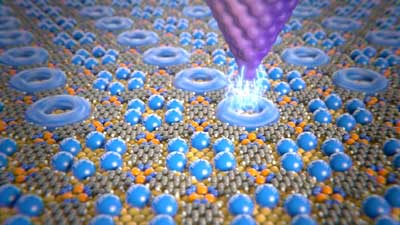
New type of low-energy nanolaser that shines in all directions
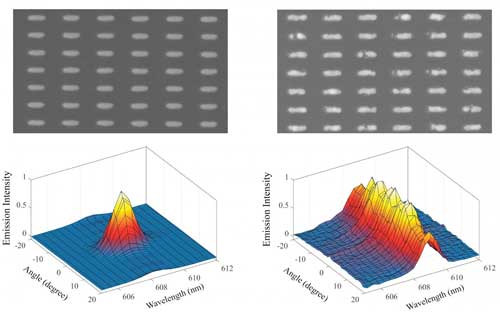
New property revealed in graphene could lead to better performing solar panels
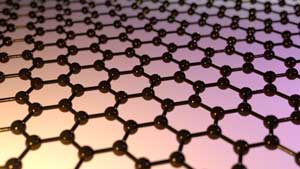
Two dimensions are better than three
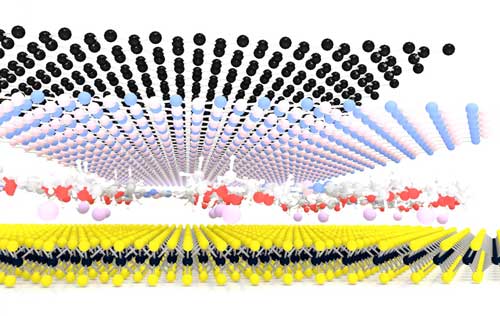
Subscribe to:
Comments (Atom)
